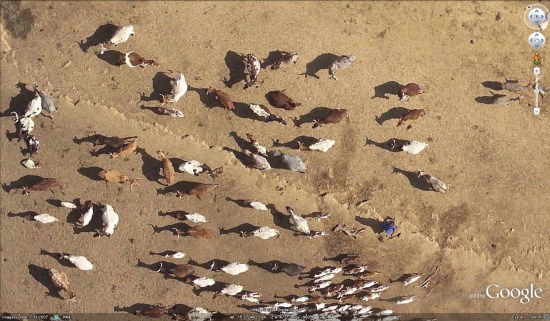Nearly six years ago, the “National Geographic Magazine” layer was added to Google Earth. While we haven’t discussed it much lately, it remains one of the great gems inside of Google Earth. You can find it under the “Gallery” layer in Google Earth.
One of the best parts of that layer is the “Africa Megaflyover” photos that were captured by Michael Fay. Michael took over 92,000 photos while flying across parts of Africa, and hundreds of them are visible in Google Earth. The quality of the images is stunning, as shown here.

User “Reggie98” in the Google Earth Community built a great collection of placemarks![]() to highlight the African animals captured in these photos, and organized them by animal type. The original post is from 2005, but still does a great job of showing off the animals.
to highlight the African animals captured in these photos, and organized them by animal type. The original post is from 2005, but still does a great job of showing off the animals.

There is a lot of great stuff to explore in the National Geographic layer, so go check it out. Also, with nearly 1.3 million subscribers, the Google Earth Community continues to be a great way to meet other Google Earth users and find answers to your questions. If you haven’t been out there in a while, we certainly suggest you check it out.